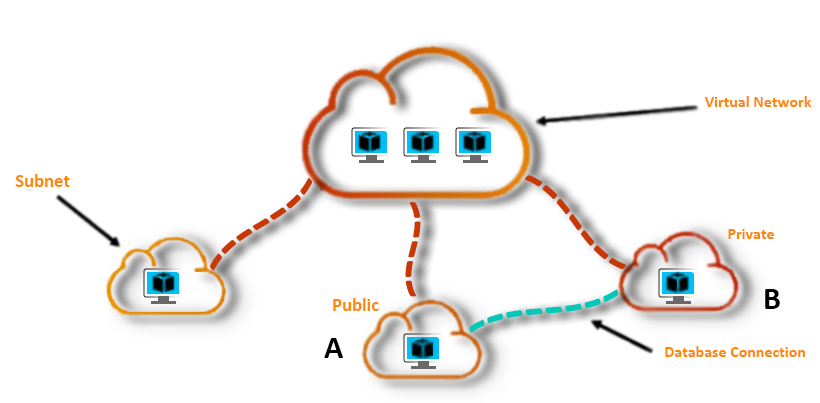Network Virtualization
Network virtualization is the process of combining hardware and software network resources and network functionality into a single, software-based administrative entity, a virtual network. Network virtualization involves platform virtualization, often combined with resource virtualization.
With network virtualization you can manage your network devices through a single management console. You don’t need physical access to switches, varied skills sets to manage multiple switches and routers, and you can cut down the cost to purchase core switches and routers.
With highly programmable networks and an overlay approach, you can provision networks for your workloads in a matter of seconds. It helps you to deploy your applications in a much quicker time and reduces time to market for your applications thereby increasing your business revenue.
Our Virtualization Services – Switching to virtualization helps in controlling workloads across data centers in addition to reducing energy consumption and IT infrastructure.
ITServerAdmin provides viable implementation services for enterprises, looking to increase productivity while reducing IT infrastructure costs. Our virtualization services deliver end-to-end solutions leveraging market-leading platforms such as VMware, Microsoft, Citrix, etc. with proven excellence. We can help organizations in switching over to a virtualized IT environment and meet the demand for more efficient IT operations. As part of premier virtualization services, we also offer Datacenter Modernization and Migration services:
- Data center Consolidation Design and Implementation Services
- New Data center Implementation, Migration, and consolidation Project
- Disaster Recovery Site Implementation



